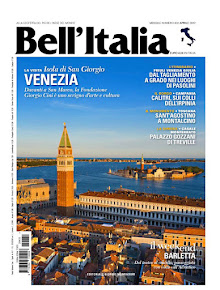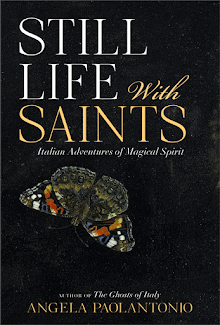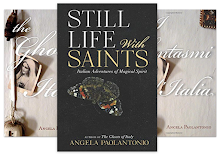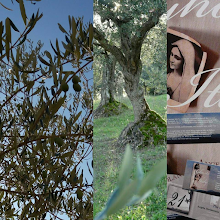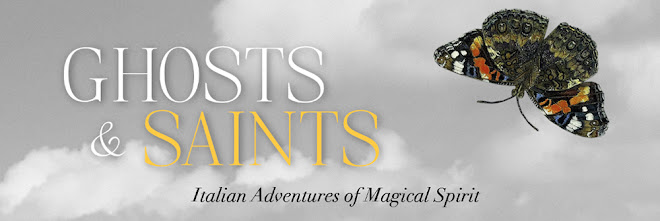Smoked buffalo mozzarella di Seliano Agriturismo Paestum
This quick still-life I arranged here in my spare stone kitchen on via Fontana, of a local burro burrata with a few pears and some fresh San Marzano's immediately reminded me of one of those from the vintage Time Life Books Foods of the World series, The Cooking of Italy - produced and edited by Waverley Root (!) Two of which I found years ago on the free book cart in of all places Sherman Oaks CA like so many other classic Italian titles I've found there...but that's another story.
The vintage Kodachrome tones of the pears and tomatoes are nearly recreated in the august light of my room, and the creamy butter filled caciocavallo is only found (you really must order it) in local macellerie or caseifici in the small town, dairy worlds of the Alta Irpinia region.
The Cooking of Italy volume stands the test of time as I browse through it today. Some Italian villages surely have changed forever since the publication of the series, 1968, but the cultivating cooking and eating of fresh milk cheeses, or latticini, fruits, and cured meats, marvelously have not.
 |
| Buffalo latticini di Seliano |
As Mr. Root once forayed and reported, (oh to have lived in Italy in the 60s!) the use of the single crank presses in Campania to crush grapes for making wine - see Il Brachetto di Girolamo Caruso - and the twice yearly transumanza of the Italian butteri, a sort of equivalent to the American Cowboy, are labors and traditions still practiced today.
None more so than here in the wilds of Alta Irpinia. I tratturi or cattle tracks are still in evidence and heavily used and most herds graze right here in the hills of the Ofanto Valley. Podolico or pecore herds twice travel, in spring and autumn, from north to south and back again, driven by their butteri from as far away as Abruzzo to Puglia, L'Aquila to Foggia, in order to feed their herd - at one time in order to provide for their King, as it was called then, The Kings Pathway.
None more so than here in the wilds of Alta Irpinia. I tratturi or cattle tracks are still in evidence and heavily used and most herds graze right here in the hills of the Ofanto Valley. Podolico or pecore herds twice travel, in spring and autumn, from north to south and back again, driven by their butteri from as far away as Abruzzo to Puglia, L'Aquila to Foggia, in order to feed their herd - at one time in order to provide for their King, as it was called then, The Kings Pathway.




